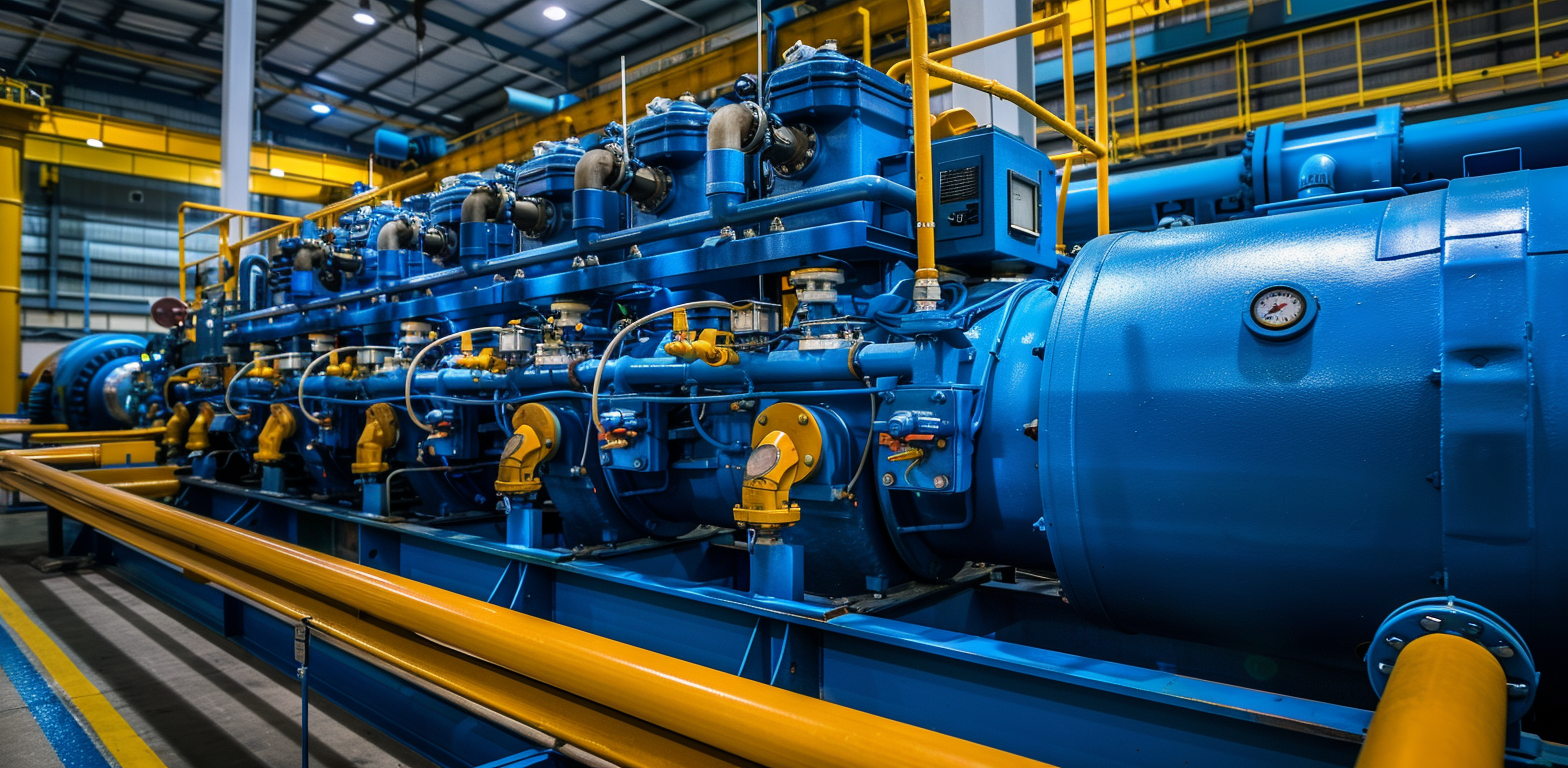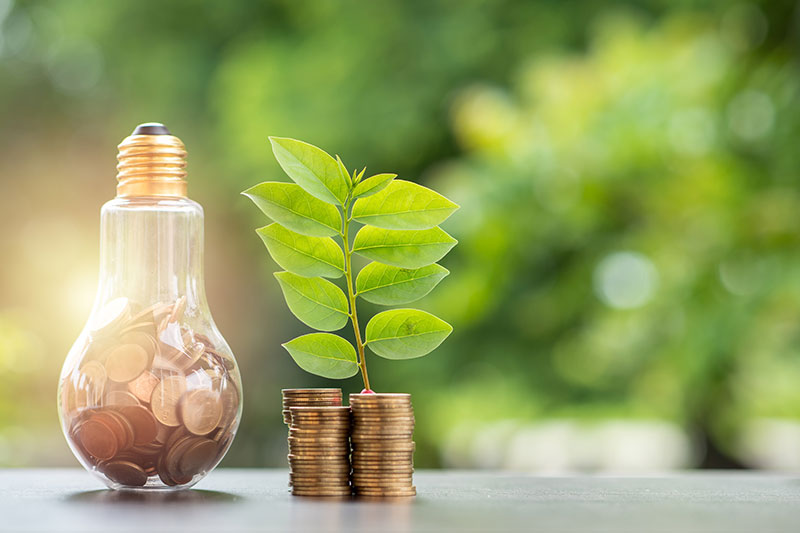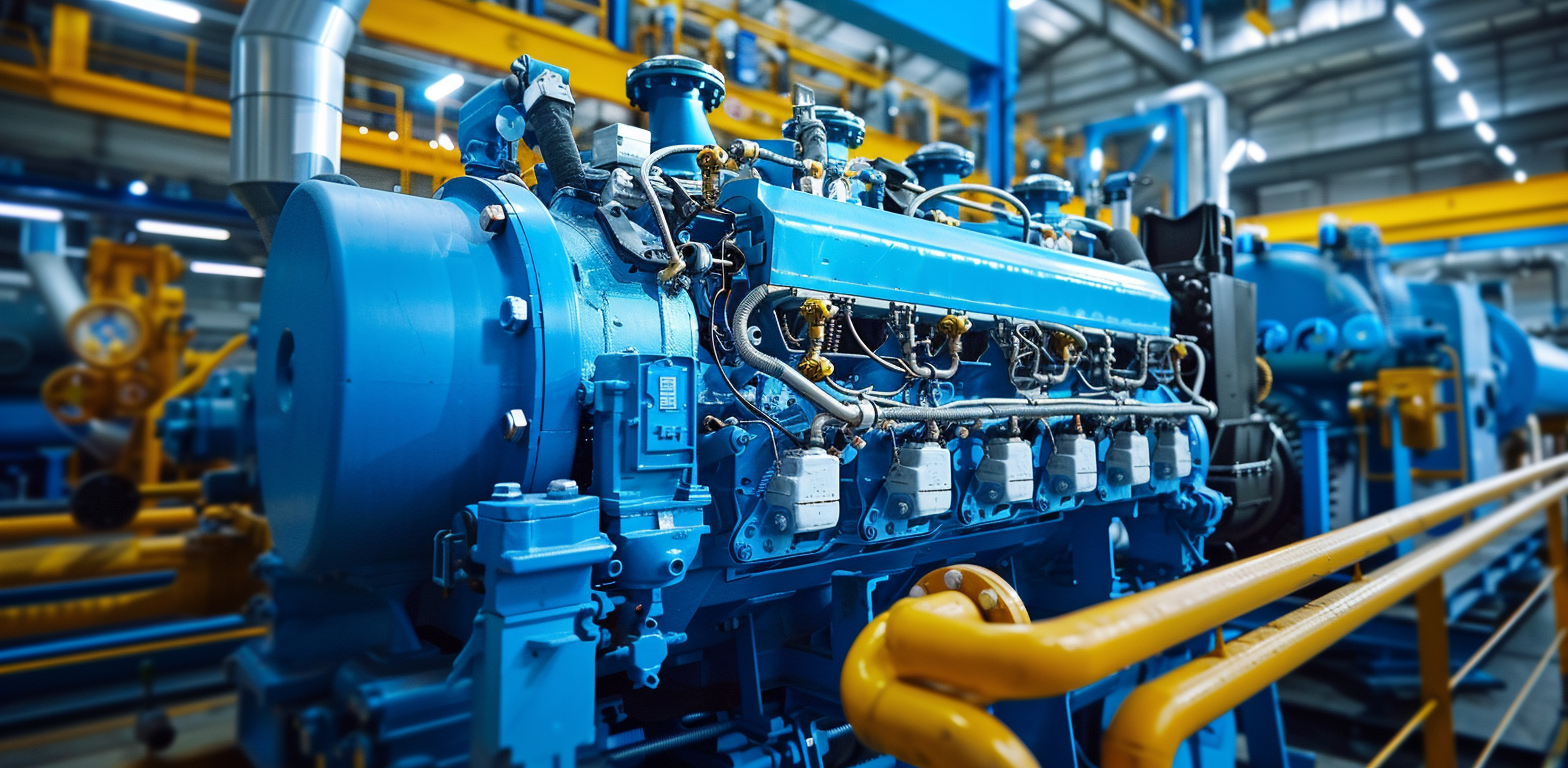
LOADING...

LOADING...
At Energimizer, we are at the forefront of providing innovative Combined Heat and Power (CHP) systems that offer a myriad of benefits for commercial and industrial applications. CHP, or cogeneration, is not just an energy solution; it’s a strategic asset that can significantly enhance operational efficiency, reduce environmental impact, and improve energy security for your business.

One of the most compelling advantages of CHP systems is their ability to achieve efficiency levels exceeding 80%. This is a stark contrast to the efficiency rates of traditional power generation, which can be significantly lower. By generating electricity and usable heat simultaneously from a single fuel source, CHP systems drastically reduce the energy wasted and lower the overall energy consumption of a facility. This heightened efficiency translates directly into cost savings, reducing the amount of money spent on energy and enhancing the economic competitiveness of your business.

In today’s environmentally conscious world, reducing carbon footprint is not just a regulatory requirement but a corporate responsibility and a part of brand identity. CHP systems significantly lower greenhouse gas emissions compared to conventional energy sources by utilising the energy that would otherwise be wasted. This efficiency makes CHP an attractive option for businesses aiming to demonstrate environmental stewardship while adhering to strict environmental regulations. By opting for CHP, companies can play a pivotal role in the global movement towards sustainability and clean energy.

Energy reliability is crucial for the uninterrupted operation of any business. CHP systems enhance energy security by generating power on-site, thereby reducing reliance on the grid and minimising the impact of grid instability or power outages. This self-sufficiency ensures a continuous energy supply, crucial for maintaining operations and preventing costly downtime. Furthermore, the ability of CHP systems to operate independently of the grid makes them an invaluable asset in emergency situations, providing a reliable energy source when it’s most needed.

At Energimizer, we understand that every business has unique energy needs. Our CHP systems are designed and tailored to match the specific requirements of your facility, ensuring optimal performance. Whether your business operates in the hospitality, healthcare, manufacturing, or any other sector, we can configure a CHP solution that aligns with your energy consumption patterns and sustainability goals. Our team of experts works closely with each client to ensure that the CHP system not only meets but exceeds expectations, providing a seamless integration into existing operations.

Choosing Energimizer for your CHP solutions means partnering with a leader in energy innovation, committed to delivering high-quality, efficient, and sustainable energy systems. Let us help you transform your energy strategy, reduce operational costs, and take a bold step towards a greener, more sustainable future. Contact us today to explore how CHP can benefit your business and become a key driver of your success.
